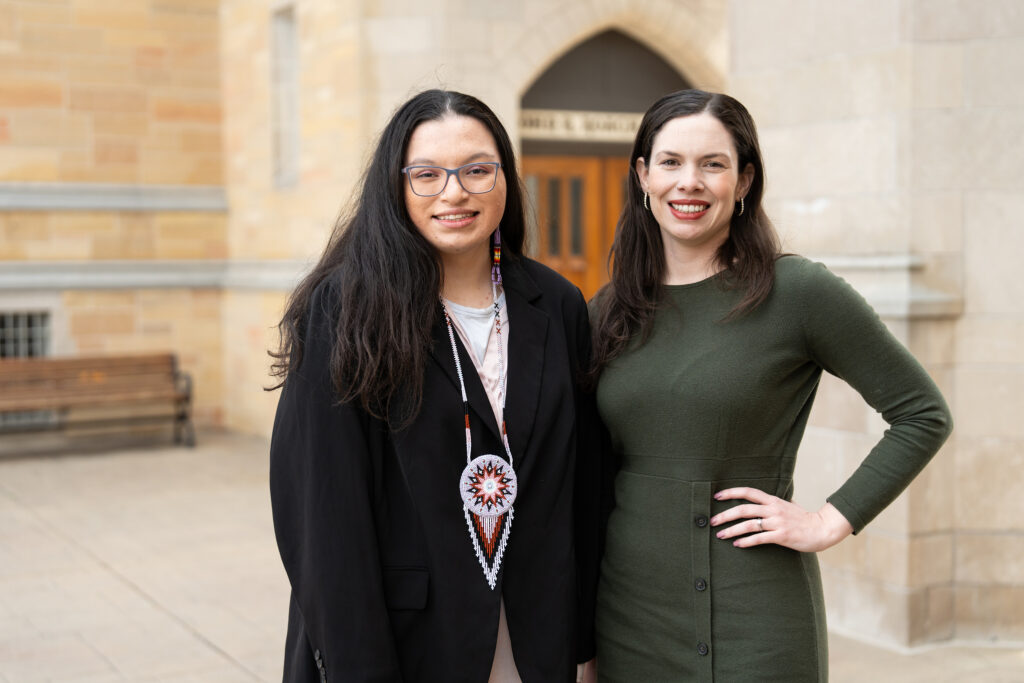Last week many fans of the popular TV series Shark Tank saw the presentation of a not-so-new concept by a woman named Jessica. She created a company called Jeska Shoes that specialized in the development and design of women’s shoes with interchangeable heels and other accessories. She didn't manufacture anything at that point but her plan was to sell her shoes at around $200 a pair and then heels and accessory would average $20-30 per unit. She offered a 30% stake for $70,000 equity in her company but she ended up giving away 70% of the company for that same amount to Daymond John.
The main reason why Daymond took 70% of the company was the fact that he already saw flaws in Jessica’s thought process and therefore the business model and he needed a full control of the company to make any decisions he wants. While all the sharks unanimously agreed that the price of the shoes was too high (which is absolutely true), there was one major mistake that wasn’t voiced but which Daymond most likely thought about when he decided to invest in Jessica’s company. It was a wrong value proposition.
When entrepreneurs build their business models, the identification of what your target customer will perceive as the value proposition is the most critical piece of the equation. In the Jeska Shoes case, the owner failed to understand that her core value was the interchangeability of the accessories, not both accessories and the shoes. You can’t have both - it’s either or. Jeska is either a shoe company or an interchangeable shoe accessory company. People who need expensive shoes go and buy traditional footwear but those who want to play around with accessories and may be save money on buying less pairs, will surely be interested in something like Jeska. Merging the two is almost never possible, especially at the startup phase.
I’m more than sure that Daymond identified this problem right away. What my startup experience and knowledge tells me is that he will take the price of shoes under $100 most likely averaging about $75 a pair and he will put a huge focus on designing and marketing accessories which will be the true value proposition of the company and the real money maker as well. He will build good quality shoes but he will not make much money there because he will need more people to buy the shoes so he can sell more accessories. Also, paying a lower price for the shoes will leave customers more money to spend on the accessories which are much more margin rich than shoes. That’s why Daymond got a whopping 70% of the company and is free to make changes in the business model and pricing.
Too many startups go down every day because they simply fail to understand what they want to be and how they are going to make money. And if they can’t understand it, their customers won’t either. Hopefully this case gives entrepreneurs another lens to look through as they create their companies and develop business models.
Evening UST MBA student Vitaly Demin, a strategy consultant at Eames Management Group and co-founder of the Russian technology blog Gridder.ru.







